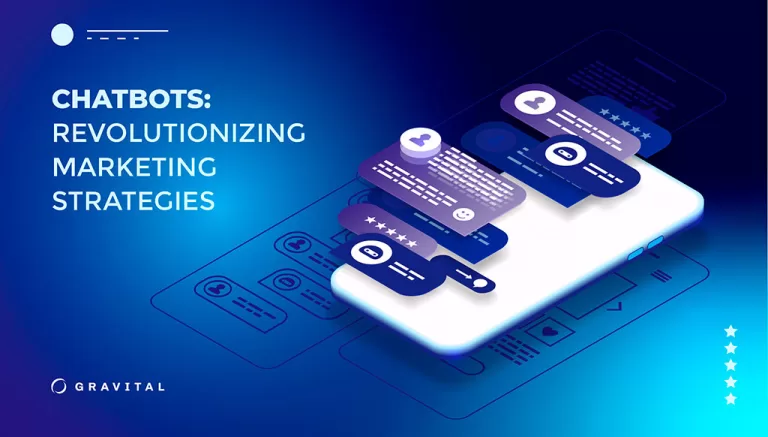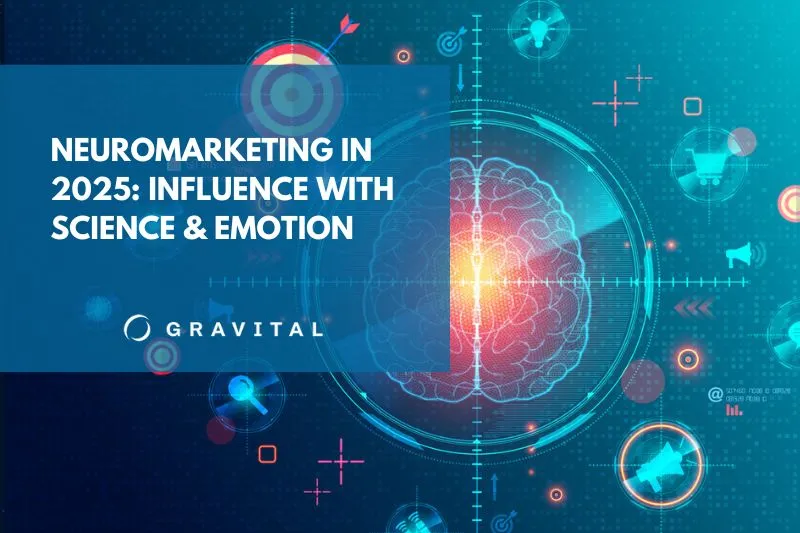Chatbots seem to be everywhere these days. In recent years, they have emerged as an efficient tool capable of serving a variety of functions–from customer service, to sales and marketing. Their ability to offer real-time, personalized communication, makes them a strategic choice in marketing campaigns.
What are Chatbots?
Chatbots are artificial intelligence (AI)-driven computer programs that simulate and process human conversation (written or spoken), allowing humans to interact with digital devices as if they were communicating with a real person in real-time. A chatbot can be a rudimentary program that answers a simple query with a single-line response, or as sophisticated as digital assistants that are able to learn and evolve to deliver increasing levels of personalization, accuracy and sophistication as they gather and process information.
Interactions with chatbots typically occur via the telephone, websites, mobile apps and digital assistants. Depending on the technology used, a chatbot can provide scripted/canned responses, handle different degrees of basic requests (sometimes referred to as second- and third-tier issues), and/or direct customers to live agents.
Many companies use chatbots and AI in customer service for routing contacts or gathering information. Other revenue-focused teams use chatbots to more efficiently qualify leads and drive large sales pipelines.
READ ALSO: HOW TO BOOST YOUR DIGITAL MARKETING WITH AI
How Do Chatbots Work?
Most chatbot systems work by taking basic inputs (like an answer to a yes/no question that you might click on a website’s chat box) or by scanning for identified general keywords. These words will trigger the bot to produce a response.
Lately, chatbots with more complex processes such as natural language processing (NLP) and machine learning (ML) have been gaining popularity. These modern chatbots provide increased functionality, a better user experience and more lifelike conversation that can drive customer engagement.
There are two main types of chatbots:
- Task-oriented (declarative) chatbots are single-purpose programs that focus on performing one function. Using rules, NLP and very little ML, they generate automated but conversational responses to user inquiries. Interactions with these chatbots are highly specific and structured and most suited to support and service functions.
Task-oriented chatbots can handle common questions, such as queries about hours of business or simple transactions that don’t involve a variety of variables. Though they do use NLP so that end users can experience them in a conversational way, their capabilities are fairly basic. - Data-driven and predictive (conversational) chatbots are often referred to as virtual assistants or digital assistants, and they are much more sophisticated, interactive and personalized than task-oriented chatbots. Apple’s Siri and Amazon’s Alexa are examples of consumer-oriented, data-driven predictive chatbots.
Conversational chatbots are contextually aware and leverage natural-language understanding (NLU), NLP and ML to learn as they go. They apply predictive intelligence and analytics to enable personalization based on user profiles and past user behavior. Digital assistants can learn a user’s preferences over time, provide recommendations and even anticipate needs. In addition to monitoring data and intent, they can initiate conversations.
Advanced digital assistants also are able to connect several single-purpose chatbots under one umbrella, pull disparate information from each of them, and then combine this information to perform a task while still maintaining context—so the chatbot doesn’t become confused.
Common Chatbot Uses
Chatbots are used by diverse industries in a variety of ways, including the following:
Customer Service: Chatbots perform a variety of customer services, ranging from ordering event tickets to booking and checking into hotels to comparing products and services. They’re often used to perform routine customer activities in the banking, retail and food and beverage sectors. In addition, many public sector functions are enabled by chatbots, such as submitting requests for city services, handling utility-related inquiries and resolving billing issues.
IT Management: Chatbots are frequently used to improve the IT service management experience, which delves towards self-service and automating processes offered to internal staff. With an intelligent chatbot, common tasks such as password updates, system status, outage alerts and knowledge management can be readily automated and made available 24/7, while broadening access to commonly used voice and text based conversational interfaces.
Employee Onboarding: Chatbots are frequently used for internal purposes, such as onboarding new employees and helping all employees with routine activities including vacation scheduling, training, ordering computers and business supplies, and other self-service activities that don’t require human intervention.


General Benefits of Using Chatbots in Business
Savings
Chatbots boost operational efficiency and bring cost savings to businesses while offering convenience and added services to employees and customers. Because they can handle simple and repetitive tasks and allow companies to easily resolve many types of issues without the need for human interaction, chatbots frees employees (whose time is much more valuable) to manage more complex chats and service escalations.
For example: If your small human resources team is bogged down by the same questions about holidays or benefits, you might consider an HR chatbot deployment that can answer 90% of these questions to lighten the load on your HR team.
READ ALSO: HARNESSING AI IN SALES ENABLEMENT, MARKETING AUTOMATION AND SALES PROCESSES
Better Customer Service
Customers today expect a more rapid and easy resolution of their issues than ever before. A recent study by HubSpot found that 90% of customers expect an immediate response when dealing with customer service. This is why many customers prefer live chat over other channels such as email, phone and social media. In addition, chatbots give your business a 24/7 channel to handle customer support, since they don’t need to sleep or eat.
More Sales and Revenue
Chatbots can help companies qualify leads in real-time. Website visitors come from different sources, but they have one thing in common: they’re interested in that brand and its products or services. Chatbots assist in guiding prospective customers to the information or products they’re looking for.
Uses of Chatbots in Marketing
Chatbots have a wide range of applications in marketing. Here are some of the top ones:
Customer Service
They provide instant responses to customer queries, improving customer satisfaction and loyalty.
Personalized Marketing
They offer personalized product recommendations based on customer behavior and preferences.
Lead Generation
By interacting with website visitors, chatbots can collect valuable information and generate leads.
Sales Support
They can guide customers through the purchasing process, helping to increase conversion rates.
Advantages of Using Chatbots in Marketing
- 24/7 Availability: Unlike human agents, chatbots can provide round-the-clock customer support.
- Cost-Effective: Chatbots help businesses save on customer service costs by handling routine queries efficiently.
- Scalability: Chatbots can interact with multiple customers simultaneously, something that’s challenging for human agents.
- Improved Customer Engagement: Interactive and immediate responses enhance customer experience and engagement.
Challenges of Using Chatbots in Marketing
While chatbots offer several advantages, they also present some challenges:
- Lack of Human Touch: While AI has made significant strides, chatbots still can’t replicate the empathy and understanding of a human agent.
- Limited Understanding: Chatbots might struggle with complex requests or if customers use slang, abbreviations or misspellings.
- Dependency on Scripted Responses: Chatbots can often only respond to queries they are programmed to answer, which can limit their effectiveness.
- Not Providing an Option to Reach a Human: This is one of the biggest mistakes that companies make when deploying chatbots. Chatbots cannot solve every problem.


Best Practices for Using Chatbots in Marketing
Following are some best practices to mitigate these challenges and maximize the effectiveness of chatbots:
Define Clear Objectives
Establish what you want your chatbot to achieve and design it accordingly.
Maintain Transparency
Make sure your customers know they’re interacting with a chatbot and not a human agent.
Train Your Chatbot
Regularly update and train your chatbot to handle a wider range of queries.
Human Intervention
Have a system in place for human agents to take over when the chatbot can’t handle a request.
Final Words
As we delve deeper into the Digital Age, chatbots will undoubtedly play an increasingly important role in marketing, with their ability to enhance customer engagement, improve response times and provide valuable insights. Although they come with their set of challenges, adopting best practices can help businesses leverage chatbots effectively.
Give us a call. We can help!


